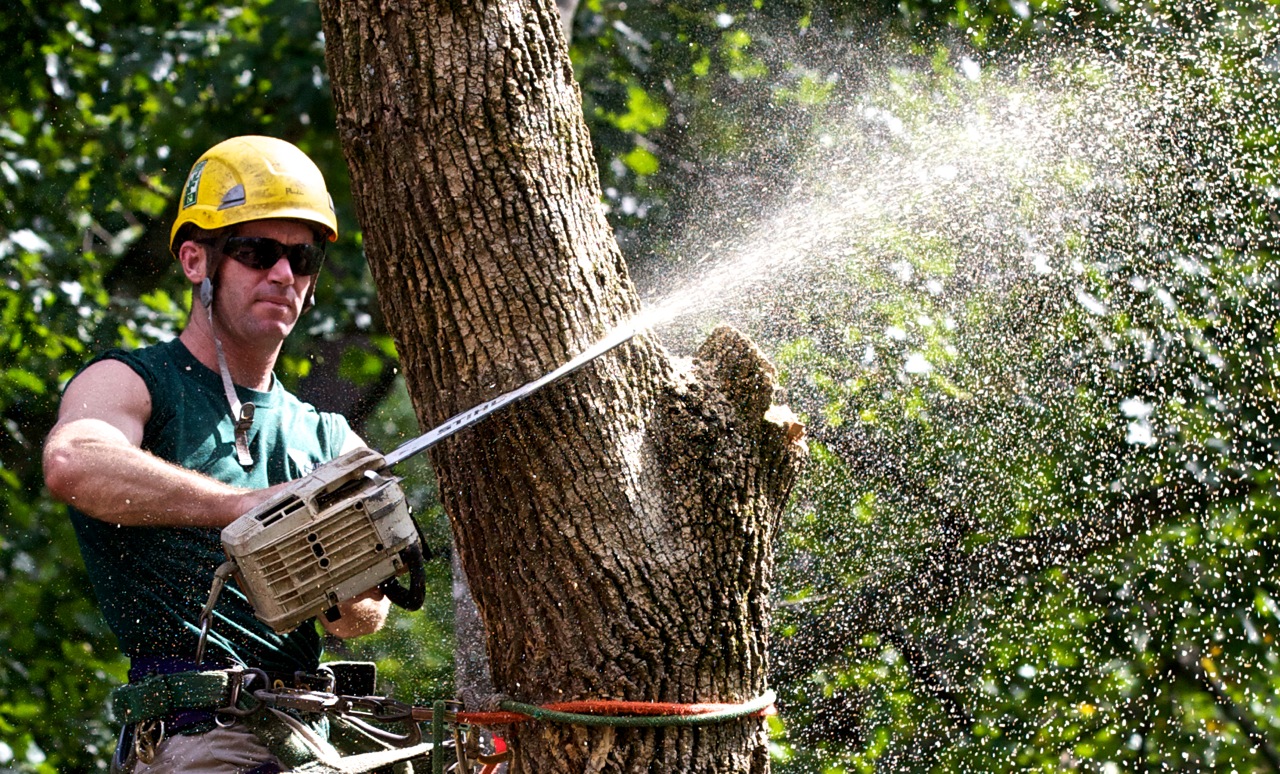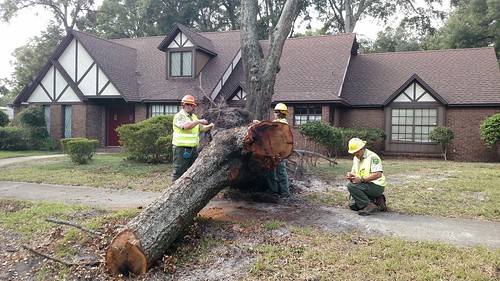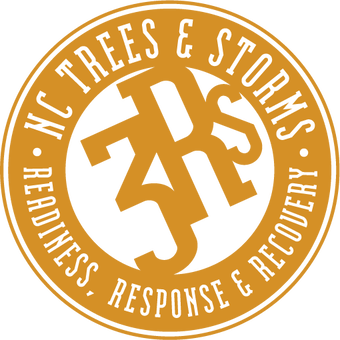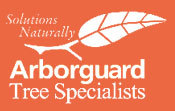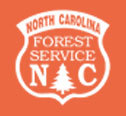NC Trees & Storms
Information and Guidelines for Communities, Professionals, and Residents
Hurricane winds, tornadoes, ice storms and other weather events can cause widespread tree damage to North Carolina’s cities and neighborhoods, causing millions of dollars in clean-up costs.
The NC Trees & Storms initiative provides homeowners, tree care professionals and municipalities the information they need to prepare for, respond to, and recover from a tree-damaging storm event.
By practicing the 3Rs (Readiness, Response, & Recovery), residents and local experts can take steps to prevent and minimize tree damage, effectively respond after the storm, and assess the additional steps needed to ensure the health of remaining trees. These basic steps will save homeowners and taxpayers money and promote the health of North Carolina’s urban forests and the many benefits they provide.
The NC Trees & Storms initiative is a collaborative effort between the North Carolina Forest Service, NC Urban Forest Council, and NC State Cooperative Extension Service.
For Homeowners
Readiness (CLICK HERE for the brochure)
A North Carolina homeowner can reduce storm-related tree damage on their property and save thousands of dollars by taking preventative measures, well before severe weather strikes. Homeowners can practice readiness by:
- Choosing the right trees for their landscape
- Planting trees in groups and in the right location
- Minimizing root disturbance of trees during construction
- Regularly assessing their trees and hiring a Certified Arborist
- Inspecting trees for issues that could affect storm readiness
- Implementing sound pruning as needed long before a storm hits
Response & Recovery (CLICK HERE for the brochure)
After a storm passes, a homeowner will enter the response and recovery phases. When responding, homeowners should:
- Assess the damage
- Determine which trees pose an immediate risk
Homeowners should remember to never approach electrical lines and contact their local utility company to report any downed wires or trees leaning on wires. Homeowners should hire an ISA Certified Arborist who is bonded and insured. They should understand the scope of work that will be performed under the estimate provided by the arborist.
The recovery phase includes:
- Tree restoration
- Patience - recovery takes time
- Stand up and stake small fallen trees
- Plant new trees where possible to replace those lost
Much more information on Readiness, Response, and Recovery is found in the resources below.
Brochures
Videos
Webinars
- Readiness: Getting Your Trees Ready for the Storm June 8, 2021
(for Homeowners)
(for Homeowners)
Presenter: Barb Fair, Ph.D., NC State University
In this session you will be guided through a typical clean-up response once the storm has passed. What damage might you encounter? What kind of assistance can you expect from your arborist? We will share insights into what trees can be readily saved and what trees may require removal. Finally, we will help you think about future planting projects, and how to work with your arborist to develop a long-term plan for proper tree management that will keep your landscape healthy and beautiful for years to come, no matter what the storms may bring.
__________________________________________________________________________________________________________________________________________________________________________
For Tree Care Professionals
(CLICK HERE for the brochure)
Readiness
Getting clients prepared well before storms hit can help prevent and minimize damage to their landscape trees. Tree care professionals can help them assess tree health, provide
preventative pruning for young and more mature trees, help them select the right trees for their landscape, and help them mitigate potential hazards.
An assessment performed during the readiness phase should include:
- Looking at the root and soil system
- Inspect root flare and surrounding soil
- Evaluate root and lower decay
- Looking at the trunk and large branches
- Dead trees and branches
- Inspect truck for lean
- Codominant stems, weak branch unions and branch strength
- Cavities, cankers, and abnormal growth
- Cracks
- And more.
Response & Recovery
After the storm passes, arboricultural professionals can help manage risk to people and property by removing trees that pose an immediate threat, remove damaged branches that could fail, clean up debris, perform crown restoration, and plan for replacement of any trees lost. Tree experts know that healthy, well-maintained trees are better able to withstand storm damage. Professional tree management after the storm helps protect people and their property.
Practice the following steps during the response and recovery phases:
- Determine which trees pose an immediate risk
- Tree restoration process
- Encourage patience as recovery takes time
- Stand up and stake small fallen trees and plant new trees
Much more information on Readiness, Response, and Recovery is found in the brochure below.
Brochures
__________________________________________________________________________________________________________________________________________________________________________
For Municipalities
Storms come in all sizes. Some are wide-scale disasters like hurricanes or ice storms. Most, however, are smaller, less damaging storms that can still be equally devastating to a community. To be prepared for any storm event, communities need to know the required tasks, resources that will be needed, and the organizational structure that will facilitate an efficient and effective response and recovery.
Readiness (CLICK HERE for the brochure)
Readiness, the first best management practice for preparing for storm-related tree damage, includes:
- Mitigation - action you can take to reduce tree damage that results from storm events
- Preparedness - action you can take to prepare for storm response and recovery
Municipalities can use the Incident Command System (ICS) to manage tree-damaging storm events. ICS is a widely used organizational structure for the management of emergency incidents in the U.S. including North Carolina. This structure groups tasks to be completed and the resources required to complete each task into areas of responsibility. The ICS structure includes:
- Leadership
- Public Information & Coordination
- Liaison
- Operations
- Planning
- Administrative
When preparing to respond to storms, city officials will need to identify the individuals and resources needed to build your urban forestry response/ ICS team. Other key steps include:
- Building a storm event documentation process
- Securing emergency tree work services
- Determining a process to notify the public of storm management activities
- Developing an urban forestry advisory committee or board to engage the public in the urban forest management process
Response (CLICK HERE for the brochure)
A storm has hit the community. The ICS/urban forestry response team has been identified and now is the time to get to work removing dangerous trees and limbs, clearing debris from roadways, among other tasks. The response phase for a municipality will include:
- Initial damage assessment, event classification
- Mobilization
- Event action planning and operations
Recovery (CLICK HERE for the brochure)
The response phase is over, and the hazardous tree remediation work is complete. However, more work will need to be completed during the recovery phase. A community may be left with trees that have varying degrees of damage, and these trees can range in number from many to few. A municipality’s storm damage inventory has a list of trees that should be removed and pruned. Cull the severely damaged trees and prune the remaining damaged trees to reduce the risks of higher losses in the future.
The following are among the additional steps that can be taken during the recovery phase:
- Develop a recovery plan
- Review your tree purchasing and planting methodologies, and determine the methodologies that match the community’s needs and capacity
- Select the kinds and size of trees to purchase
- Select a procurement methodology that ensures purchasing of quality plant material and planting
A community’s trees provide services and benefits that enhance the quality of life. A municipality should invest in its trees as it does with other elements of its infrastructure and plant trees for the future to fully realize those benefits. Completing the work now will come at a cost, but the cost will be greater in the future if a community does not act.
Much more information on Readiness, Response, and Recovery is found in the resources below.
Brochures
- For Municipalities - NC Trees & Storms: Readiness
- For Municipalities - NC Trees & Storms: Response
- For Municipalities - NC Trees & Storms: Recovery
- For Municipalities - NC Trees & Storms: Storm-Damaged Tree Assessment
Webinar
- Readiness, Response, & Recovery April 29, 2021
(for Municipalities and Arborists)
Presenters: Andy Pleninger, NCFS, Urban & Community Forestry Program Coordinator; Aaron Reese, Forestry Management Supervisor, City of Wilmington
This webinar provides NC communities and arborists with an overview of the 3Rs urban forest storm plan development process; readiness, response, and recovery. It is important for your community to have a plan in place to ensure your community is ready, your response is safe and effective and your recovery will conserve your urban forest resource moving forward. Andy discusses this planning process that integrates into existing emergency response plans and will ensure you are prepared to manage future storm events, big and small. Aaron presents his insights and experience with how Wilmington's trees have been impacted by past hurricanes and how the city manages the post-storm tree damage.


